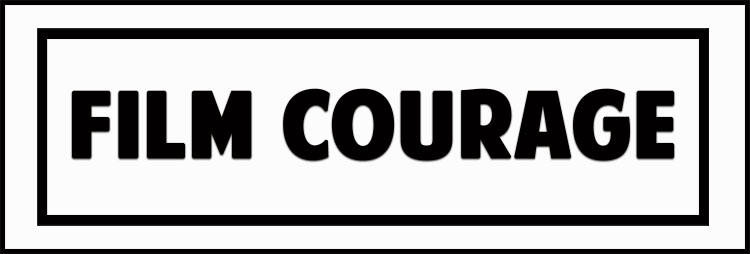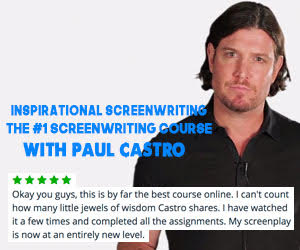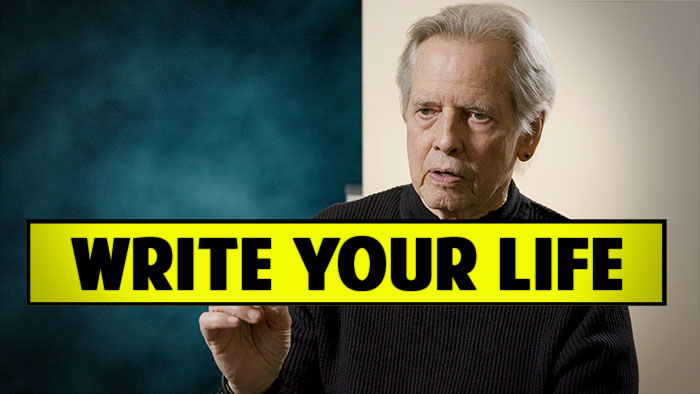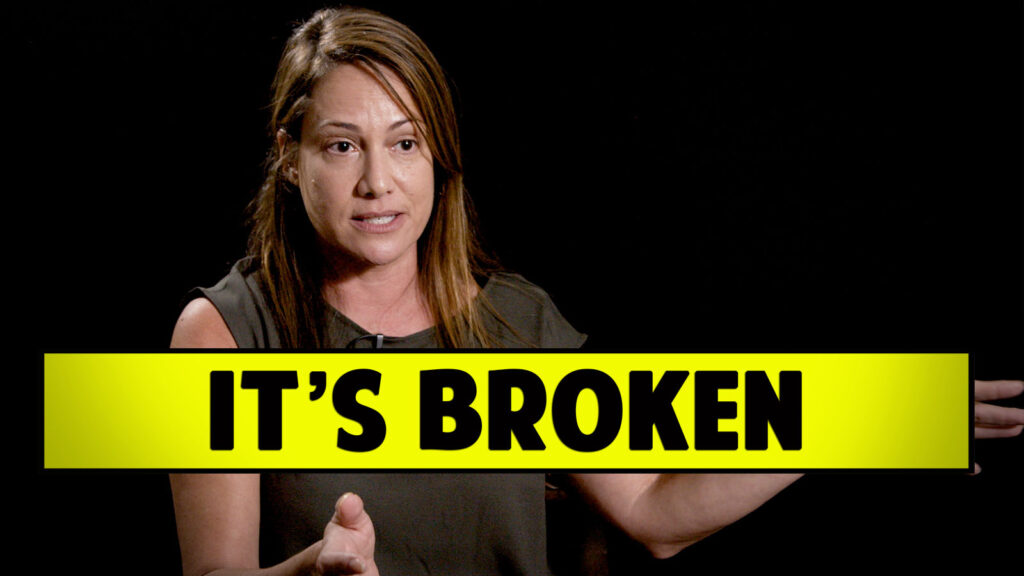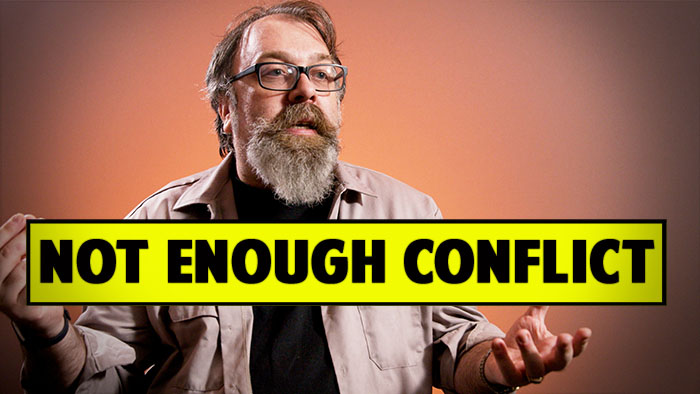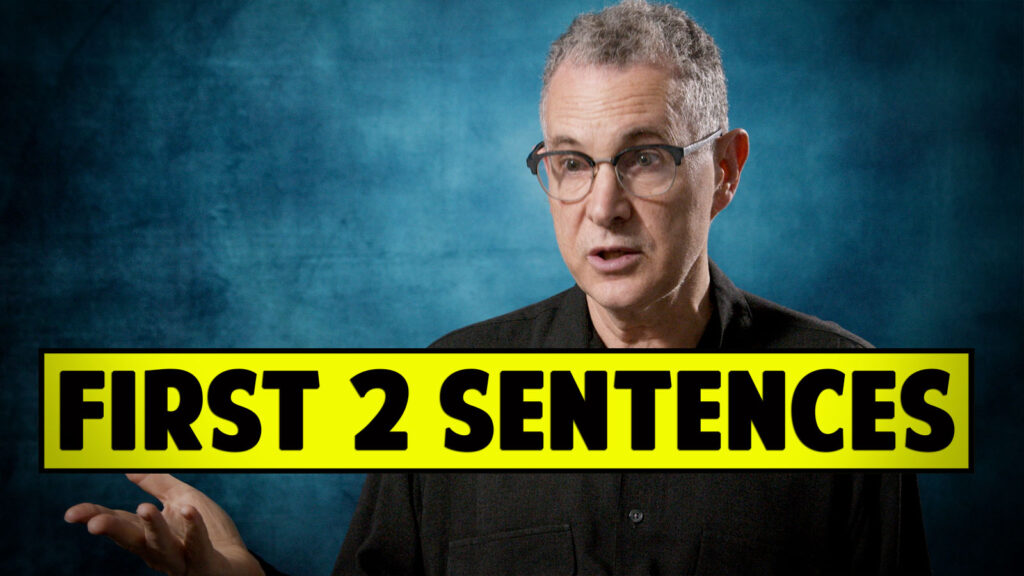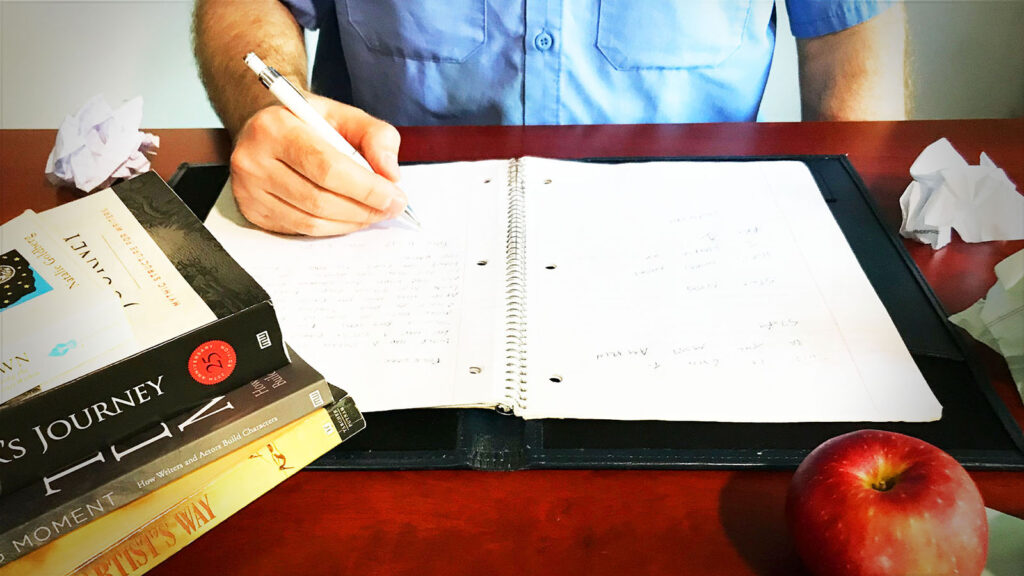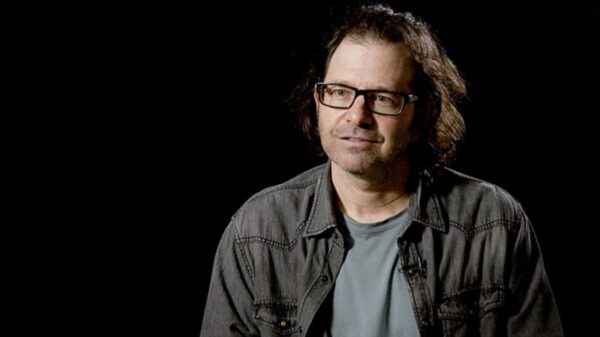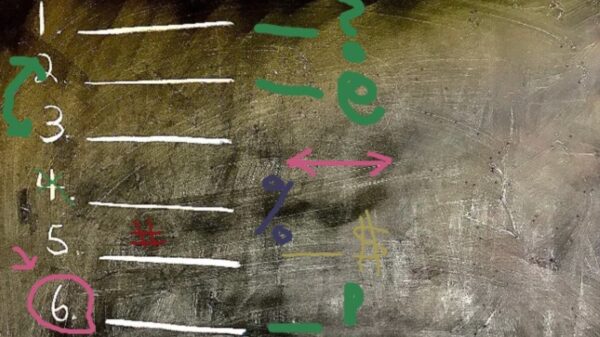
Watch the video interview on Youtube here
A New Paradigm In Screenplay Structure by Eric Edson
Film Courage: Eric in your book The Story Solution you claim that you’ve come up with a completely new paradigm for writing screenplays and novels and we’re curious what this is?
Eric Edson: Just a quick word on how it came about. Because I know it’s pretty outrageous for a lot of people to be claiming that “What new under the sun could there simply be and all?”

Watch the video interview on Youtube here
For a long time (for years) before I became a professor here [at CSUN] while I was still a full-time screenwriter, I was teaching at UCLA extension Writer’s Program. Largest such writing program in the world and it’s really great! Really great people teach there. And it was a really great way to get out of the house one night a week (out of my room, out of my office). And I was working with really bright and talented in various and sundry ways. Great characters, warm, three-dimensional, super dialogue that kind of crackles and pops. But when they finally turned in their final project at the end of the quarter (they are on the quarter system there), they just laid there. They were flat. Thus the story wasn’t happening or going anywhere. They would have three or four events and then try to stretch that out over 110 pages or however long a screenplay would be.
I gave them the books. We read the books. We went over it in the structure, the classic structure and Joseph Campbell and all of that. And yet when they sat down to write it, some how it didn’t gel into a concept or command of screen story structure. And screenwriting is screen story structure more than it is anything else.
So I went looking (as people do) for patterns. There had to be a way to teach story construction not to the exclusion of all else but focus on only finding an objectified way to teach story construction (this is how you build a house board one), you know that kind of stuff. And hundreds and hundreds of films…and yes…I began to see a pattern that I hadn’t heard anybody talk about before or mention before or hadn’t read about it before. And I kind of codified it and put it as a paradigm and cleaned up the questions that it raised and I kept looking. And I became more and more convinced and then I set out to prove myself wrong. I mean this I thought was a real important step. So I went back searching through movies that had been hit movies, that had emotionally affected audiences all over the world from pretty far back. I went as far back as 1929 with Buster Keaton (THE GENERAL) I don’t know if you ever saw it? It was one of his last (if not last silent) films. It is something of a masterpiece of a the silent era. Same thing, the same beats, the same moments, the same sequences accomplishing the same stuff. So I codified it and began to teach it in the grad courses. People were rather cynical about such a thing to begin with. But what I found out over a few years after codifying it and simplifying it (you know) packaging it in a way that understandable and useful as a tool, because that’s what it is…a tool…a darn good one and useful one, too. One by one, I won them all over. And I proved it. Yes, it’s true. And it was like an interesting experience for all of us because again it is about discovery. Just let me try this for a few minutes. One of the single most important aspects of screenwriting (any long-form narrative. Novel writing, too) just screenwriting in particular, is change. Everything in the story must keep changing. As it flows (it has to be different 5 or 10 minutes from now) than what the circumstances were previously 10 minutes ago. It has to keep changing. And I came to believe there had to be a pattern of change and what I discovered what this…this gets a little numeric. Stick with me for this because it’s important and I think incredibly useful. Three acts in a screenplay, you’ve got three acts. First act: In Act 1 there are 6 sequences following one another that I came to call Hero Goal Sequences. Here is the definition of a Hero Goal Sequence: A Hero Goal Sequence is any 2-7 page section of your screenplay in which and through which your hero or heroine pursues one short-term goal (physical short-term goal). One as one step toward achieving the overall story goal…just that little piece of it. And at the end of that (7 or so, nothing is exact) 7 or so pages something happened or some discovery is made by this hero that I call fresh news. In other words they turn up something that was unknown by them and by us (the audience) about what they are doing that puts an end to that current single goal. And offers up a new, short-term physical single goal to be pursued in the next step. And that there are 6 of these hero goals sequences. 6 little individual pursuits of individual specific goals in the entirety of Act 1 and what we call…there are many names for this. There is Plot Point 1, the first major turning point that kind of thing. I call it “Stunning Surprise.” When Stunning Surprise 1 happens, which ends Acts 1 officially and dramatically and kicks the hero forward tumbling head over heel into Act 2. I call it Stunning Surprise 1 because that should be the emotional impact of both the hero and the audience. It needs to be emotional and it needs tone impactful, not abstract. That always happens in Hero Goal Sequence 6, always. And it continues. In the first half of the second act there are 6 more Hero Goal Sequences. And Hero Goal Sequence number 12 always contains the mid-point sequence. That’s a separate discussion, the mid-point sequence. It is a fascinating part of movies that work and it’s rich and layered with things that go on relative to character growth and relative to the plot being bumped up to the next level. But it always happens in number 12.
In the second half of Act 2, there are 6 more wonder of wonders, 6 more Hero Sequences. Hero Goal Sequence 18 always contains stunning surprise 2. Not 17, Not 19. 18 in every movie that works for audiences, in other words, every hit movie that you can analyze because it’s doing something right, this is the pattern. And then in Act 3, it’s the only act where it can vary, where the numbers vary. And it Act 3, you have been 2 and 5 hero goals sequences. I don’t recommend 5. Good movies have been made with 5 like AS GOOD AS IT GETS which is one of my favorite romantic comedies. The kind of stuff…It has 5 Hero Goal Sequences in rather extended Act 3. But the audience is getting antsy and it’s time to get out by then. The standard, the average of movies that work is 21 hero goals sequences. 18 for Acts 1 and 2 and then another 3 in Act 3.
This is a way (I know it sounds kind of weird and mathematical at this point) but this is a way of quantifying change. It tells you in advance…this must happen in these few pages. It also goes beyond that, I mean people were asking “Well, what specifically happens in each one of these? Can you nail that down?” In a general way I do that in the book. I say “Well these things usually happen in Hero Goal Sequence Number 4.” Things like that. But that’s up for grabs and up for people to play with. But structurally the bones are, these 20 to 23 Hero Goal Sequences laid out in this exact way. They don’t change.
Question for the Viewers: What are your thoughts on this story structure? Were you already familiar with it.
BUY THE BOOK – THE STORY SOLUTION: 23 Actions All Great Heroes Must Take
https://amzn.to/2uDTgwS
MORE VIDEOS WITH ERIC EDSON
https://bit.ly/2pugnJw
CONNECT WITH ERIC EDSON
Thestorysolution.com
IMDB
Facebook
Twitter
LinkedIn
About Professor Eric Edson:
Eric Edson has written seventeen feature screenplays on assignment. His produced script credits include PASSION’S WEB for Showtime, and he co-wrote and co-executive produced the NBC Movie of the Week LETHAL VOWS starring John Ritter and Marg Helgenberger. Other films include THE ROSE AND THE JACKAL starring Christopher Reeve, THE SOGGY BOTTOM GANG starring Don Johnson, and DIVING IN starring Kristy Swanson. Eric has also written for episodic television.
Professor Edson’s new book “THE STORY SOLUTION: 23 Actions All Great Heroes Must Take,” published by Michael Wiese Productions, uncovers for the first time the 23 Hero Goal Sequences® used in every successful motion picture to create dynamic, three dimensional heroes and link together all plot development from first page to last (Read more here).

Win $100 – What’s Your Favorite Film Courage Video?
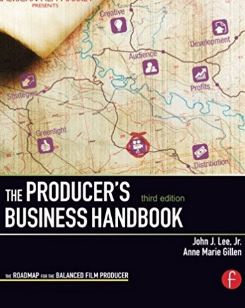
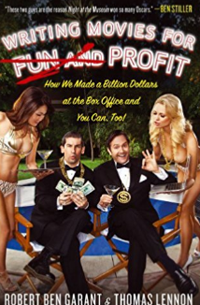
Writing Movies for Fun and Profit: How We Made a Billion Dollars at the Box Office and You Can, Too!
Advertisement

Writing With Flair: How To Become An Exceptional Writer from Udemy.com

The Disobedient Writer: Break the Rules and Free Your Story
A guide to taking your fiction writing and memoir writing beyond the same old formula and telling unforgettable stories from Udemy.com
Learn the screenwriting secrets behind successful cinematic stories in the world of film & television script writing.
Paul Castro the original writer of the Warner Bros. hit movie, AUGUST RUSH.He is a produced, award winning screenwriter and world-renowned screenwriting professor. Success leaves clues and so do masterfully crafted screenplays that sell for millions of dollars.



